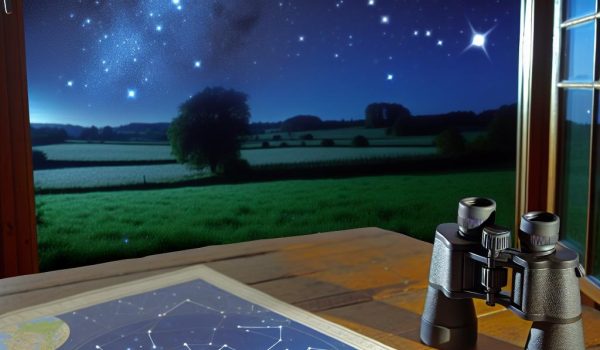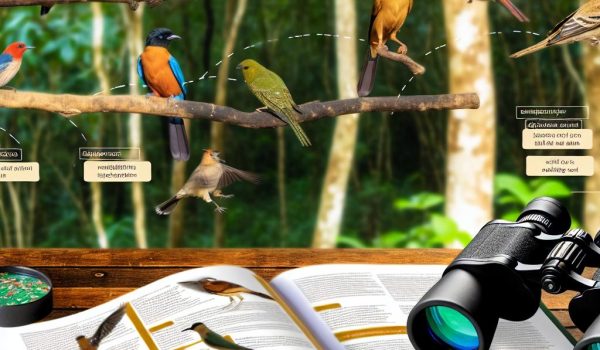How to clean and maintain binocular lenses.
Cleaning Binocular Lenses Maintaining the clarity and quality of your binocular lenses is essential for optimal performance. Proper care involves cleaning them regularly and handling them correctly to avoid scratches or damage. The longevity and effectiveness of binoculars largely depend on ensuring that their lenses remain in pristine condition. Regular maintenance not only enhances visual clarity but also extends the lifespan of the optical instrument. Tools and Materials Needed Proper cleaning of binocular lenses requires specific tools and materials that…











